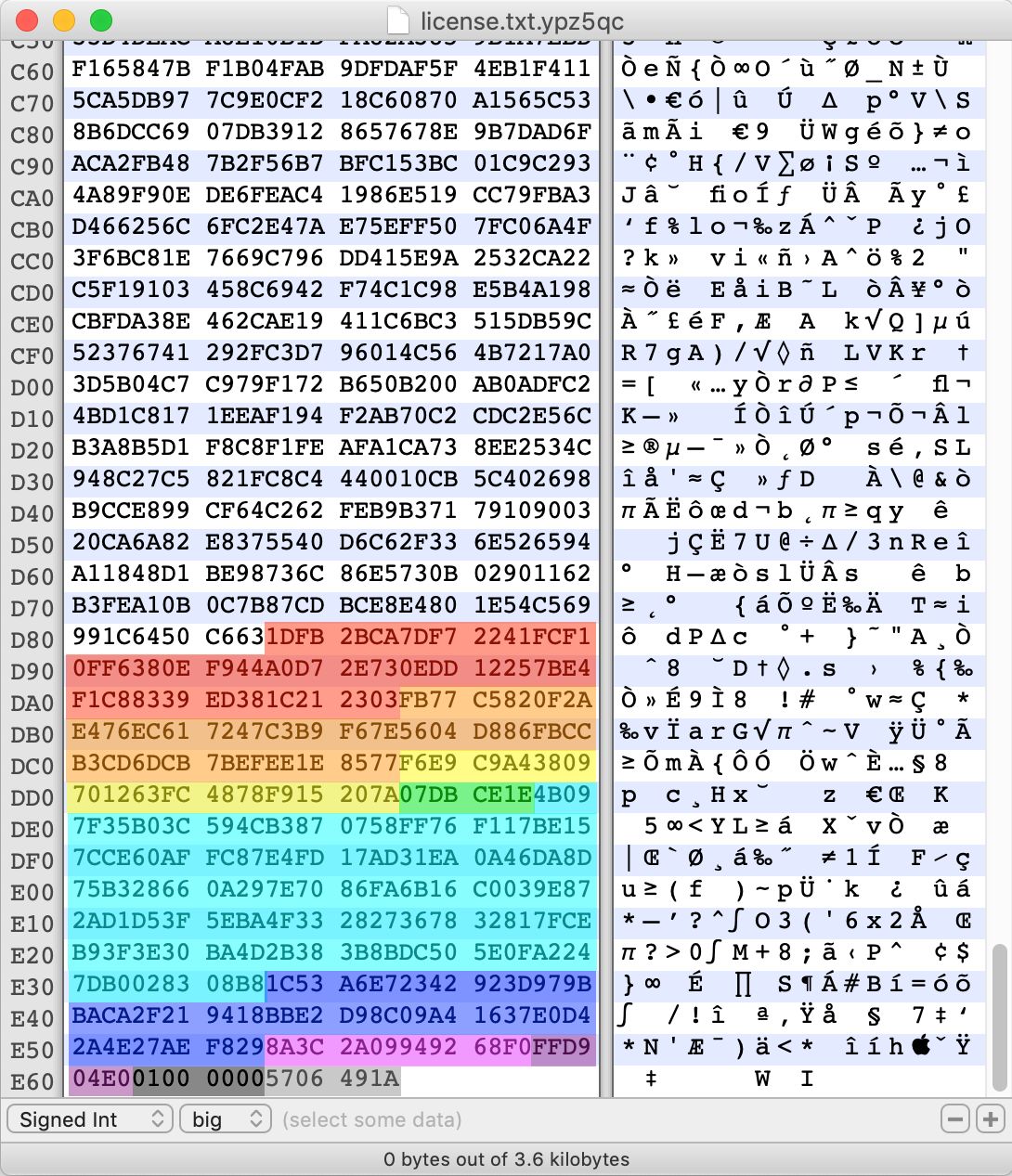Generate Random 16 Bytes Key Python
The following are code examples for showing how to use Crypto.Random.new.They are from open source Python projects. You can vote up the examples you. Random key generation for block ciphering Need code for generating 16 keys. Each key of 4 bytes and each byte generated randomly from seed with randint(0,255) # Use the random.randint(min,max) function to generate individual.
Encrypt data with AES¶
The following code generates a new AES128 key and encrypts a piece of data into a file.We use the EAX mode because it allows the receiver to detect anyunauthorized modification (similarly, we could have used other authenticatedencryption modes like GCM, CCM or SIV).
In python, I need to generate 16 byte(specific due to machine constraints) token for authentication. What would be best way to do it: os.urandom: which takes exactly. Random number generation is the process of generating a number that cannot be predicted better than by a random chance. Random numbers are used in cryptography, electronic noise simulation and gambling etc. Most computer generate pseudo random numbers which are not true random. Free online random hexadecimal number generator. Just press a button and get your random hex digits. There are no ads, popups or nonsense, just a random hex generator. Press a button, get hex numbers. Created by developers from team Browserling.
At the other end, the receiver can securely load the piece of data back (if they know the key!).Note that the code generates a ValueError exception when tampering is detected.
Generate an RSA key¶
Generate Random 16 Bytes Key Python Code
The following code generates a new RSA key pair (secret) and saves it into a file, protected by a password.We use the scrypt key derivation function to thwart dictionary attacks.At the end, the code prints our the RSA public key in ASCII/PEM format:
The following code reads the private RSA key back in, and then prints again the public key:
Generate public key and private key¶
The following code generates public key stored in receiver.pem and private key stored in private.pem. These files will be used in the examples below. Every time, it generates different public key and private key pair.
Encrypt data with RSA¶
The following code encrypts a piece of data for a receiver we have the RSA public key of.The RSA public key is stored in a file called receiver.pem.
Since we want to be able to encrypt an arbitrary amount of data, we use a hybrid encryption scheme.We use RSA with PKCS#1 OAEP for asymmetric encryption of an AES session key.The session key can then be used to encrypt all the actual data.
As in the first example, we use the EAX mode to allow detection of unauthorized modifications.
The receiver has the private RSA key. Cs go bind keys generator. They will use it to decrypt the session keyfirst, and with that the rest of the file:
- Java.util Package Classes
- Java.util Package Extras
- Java.util Useful Resources
Generate Random 16 Bytes Key Python Version
- Selected Reading
Description
The nextBytes(byte[] bytes) method is used to generate random bytes and places them into a user-supplied byte array.
Declaration


Following is the declaration for java.util.Random.nextBytes() method.
Parameters
bytes −This is the non-null byte array in which to put the random bytes.
Return Value
NA
Exception
NA
Example
The following example shows the usage of java.util.Random.nextBytes()
Let us compile and run the above program, this will produce the following result.